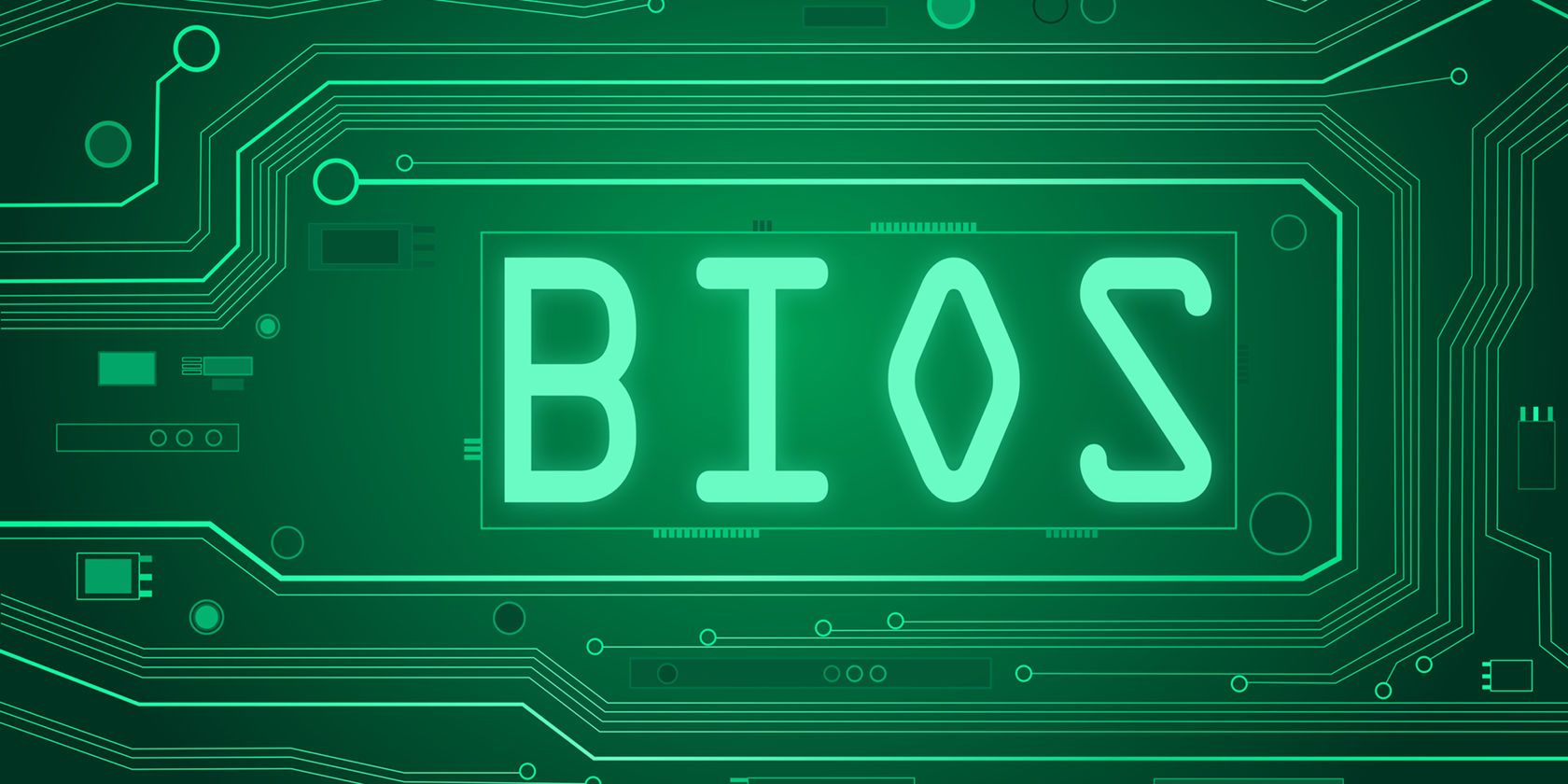What is considered a fast BIOS time?
If your PC’s last BIOS time is less than 10 seconds, no problem. Very often, we see the Last BIOS Time of about 3 seconds. However, if you see the latest BIOS time of more than 25-30 seconds, there is something wrong with your UEFI settings.
Is 16 seconds of BIOS time good?
14-16 seconds is not uncommon. Starting at 14 seconds with a new system, and now 16, could easily be due to plugging in other drives, starting up new services, etc., seven days ago. Pretty typical.
What is a good BIOS time in Windows 10?
If your computer boots up in 5-15 seconds, it’s fine. The latest BIOS time is just a number and depends on your hardware configuration. You can improve it by changing the hardware settings in a few seconds, but it doesn’t matter much.

How can I make my BIOS time faster?
Start with the BIOS. Move your boot drive to the First Boot Device position. Disable boot devices that are not in use. Disabling Quick Boot bypasses many system tests. Disable hardware you are not using, such as Firewire ports, PS/2 mouse ports, e-SATA, unused onboard NICs, etc. Update to the latest BIOS.
How do I check my BIOS time?
First, launch Task Manager from the Start menu or the keyboard shortcut Ctrl+Shift+Esc to see it. Then click on the “Startup” tab. You will see your “last BIOS time” in the top right corner of the interface. The time is shown in seconds and varies by system.
How do I check the time and date of my BIOS?
On Windows 7, 8, or 10, press Windows + R, type “msinfo32” in the Run box, then press Enter. The BIOS version number is displayed in the System Summary panel. Look at the “BIOS version/date” field.
What is a good last BIOS time?
The latest BIOS time should be a pretty low number. On a modern PC, something like three seconds is often normal, and anything under ten seconds is probably not a problem. Of course, if you have an older motherboard, it can be slow, and upgrading is the only thing that shortens that final BIOS time.
How do I decrease my BIOS time?
Seven Ways to Reduce Computer Boot Time Adjust BIOS settings. Clean up your startup programs. Change your boot timeout. Upgrade your RAM. Turn off devices you are not using. Give your computer a static IP address. Keep your antivirus program up to date and active.
Is BIOS time important?
In a network environment, having a computer with an incorrect time can cause problems. If the device has internet access, it should correctly set the BIOS date and time. If the CMOS battery is depleted or the computer’s internal clock is badly made, it may deviate from the correct time.
How do I change my BIOS time?
You are setting the date and time in BIOS or CMOS setup. Find the date and time in the system setup menu. Use the arrow keys to navigate to the date or time, adjust it to your liking, then select Save and Exit.
What is UEFI mode?
UEFI stands for Unified Extensible Firmware Interface. UEFI provides a faster boot time. It does the same job as a BIOS. Still, with one fundamental difference: it stores all initialization and boot data in a . UEFI supports disk sizes up to 9 zettabytes, while BIOS only supports 2.2 terabytes.
How do I prevent BIOS from booting?
Enable or disable network reboot support. From the System Utilities screen, select System Configuration > BIOS/Platform Configuration (RBSU) > Network Options > Network Boot Options > Network Reboot Support and press Enter. Enabled: Enables network reboot. Disabled: Disables network reboots.
Which laptop is the fastest?
Top 10 fastest and most powerful laptops for graphic designers and creatives Apple MacBook Pro 16″ Acer Predator Triton 700. ASUS ROG Zephyrus Duo SE GX551. Dell XPS 13. Dell XPS 13 review. Dell XPS 15 2-in-1. Google Pixel Book. Alienware Area-51m. 2021 Acer AN515 Nitro 5.
Why is my BIOS taking so long?
Remove non-essential hardware (one at a time) and turn on the computer. Removing a RAM chip (if there are two or more) is a good start. You can remove all USB devices (except keyboards) and optical drives. Faulty RAM or a failed hard drive can cause delays, so we ran the diagnosis on those devices.
Does More RAM Speed Up Boot Time?
You won’t see any boot time improvements with RAM by adding more than you need to contain all the startup programs. According to Gizmodo, adding more RAM to increase overall capacity can improve your boot times.
What is the first step at a startup?
Startup. The first step of any boot process is to power the machine. When the user turns on a computer, a series of events begins that ends when the operating system gains control of the boot process and the user is free to work.
What is boot time?
The boot menu timeout determines how long the boot menu is displayed before the default boot item loads. It is calibrated in seconds. You can extend the timeout value if you want extra time to choose the operating system to load on your computer.
How do I find my BIOS type?
I am finding the BIOS version on Windows computers using the BIOS menu. Restart the computer. Enter the BIOS menu. While the computer is restarting, press F2, F10, F12, or Del to enter the computer’s BIOS menu. Search for BIOS revision, BIOS version, or firmware version in the BIOS menu. Locate the BIOS version.

